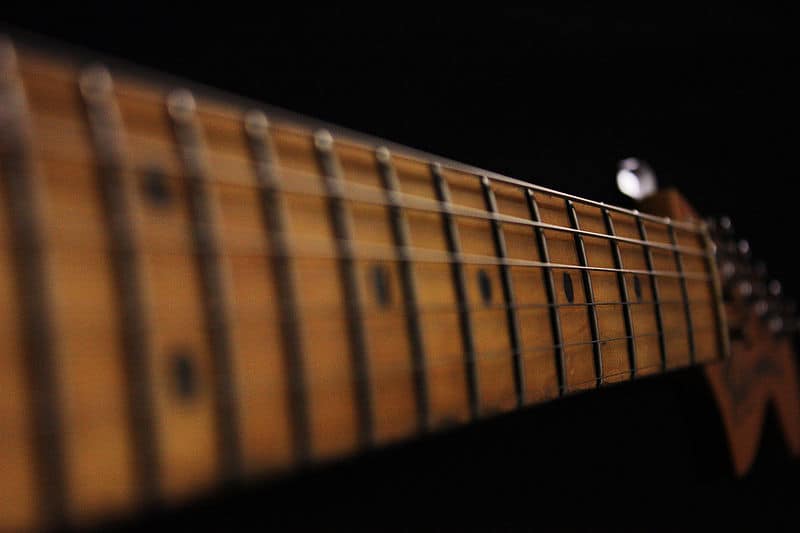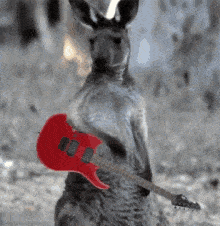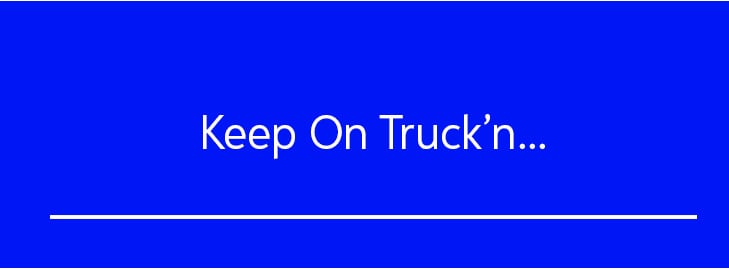There are times in every guitar player´s life when playing guitar is not a possibility. It may be because you're traveling, or maybe you´re hurt or recovering from surgery. Over the years, I´ve come to understand that a change can make you look at things differently and bring some benefit.
There are two aspects of playing guitar. The physical one involves better technique, learning new chords and scales, melodies, etc. The physical aspect is the one we tend to focus on the most, especially when practicing.
There is also the mental and emotional aspect. The mental aspect has to do with understanding what you're doing and how it all fits together. This ties in with the emotional aspect, which allows you to make good judgment based on what sounds good and all the subtleties around it. It's this mental/emotional aspect when you cannot play your guitar where the biggest opportunity is.
You can make some considerable progress in this area, and I´ve divided it into three categories or suggestions. So let's check out how to improve in the mental area whenever you cannot play guitar.
Here, the obvious place to start is with music theory videos, especially if they are oriented for guitar players. A lot of times you can make more progress in theory when you focus exclusively on the ideas instead of playing them. You can watch as many times as necessary until it all makes sense. You´ll be surprised how much you can progress without the instrument in your hand.
Another thing you can do is watch lesson videos. It is also quite helpful to imagine you´re playing this. You might find that doing this helps tremendously when you finally can get back to the guitar.
The third sub-category here is to watch people play. I'm talking about everyone from teachers to your favorite artists. The idea is to really pay attention and listen really closely. Listen to bends, the groove, the way the guitarist articulates notes, or when the singer leaves space for the guitar to shine.
Try to find the beat of the groove and then its subdivisions. When you listen to music for extended periods of time and with so much focus you´ll be surprised how much it benefits your practice and your playing.
Get Fretboard Knowledge

This is about really learning where the notes are on the fretboard. You might think that it cannot be done without the guitar, but it can! You do it on paper! The idea is to get a clear mental image of where all the notes are.
The popular guitar instructor Justin Sandercoe used to do long commutes on the train and use that time to write notes on a fretboard on paper. He'd start with just one note and write it everywhere on the paper fretboard, then move on to the next note. He said it was a very powerful experience.
After you do that once, you can then start over with another drawing of a guitar neck but with a different approach. Little by little, you´ll connect all the dots on the guitar fretboard and it will be clear on your mind. You can just draw six lines and call that your fretboard or just use a sheet with a basic drawing or a guitar fretboard (I´ve included one in a link HERE).
Visualization
This idea is used extensively with athletes. It improves their performance to visualize what they're about to do with great detail. This might seem difficult if you´ve never tried it, but the trick is to start with a little at a time and get better at it with time. You don't have to see yourself playing perfectly in your mind, as the effort is what produces the result. When I say “seeing”, that includes hearing as well.
A simple way to get started is to take a scale you know and imagine yourself playing it one note at a time. Try to hear each of the notes as you visualize it. Go up the scale and back down. If that is easy for you, then move on to a scale you don´t know.

The way you do this is to have it in writing first and look at the notes. Then you close your eyes and imagine yourself playing the notes on the guitar. If you can't quite get a particular note, look back at the paper and close your eyes again to continue the visualization. Go back and forth until you have the entire scale visualized. This is a very powerful exercise. Keep working at it little by little and you will make progress.
Besides trying it with a scale, you can also try it with chords. Take a common chord progression and visualize yourself fingering each chord, going to the next one, and where the fingers move. Feel free to have it down on paper and look at it whenever you need to, just like we did with the scale.
Think of this like a muscle you develop and keep at it.
Conclusion

You can still make great progress even without having a guitar at your hands. The suggestions above are great to try out, even if you have a guitar that you can easily grab at any time. These exercises will help you become a better guitar player and increase your confidence. As always, have patience, take it slow, and have fun!
If you liked these tips, be sure to subscribe to my YouTube Channel to get access to guitar lessons, songs, Q&A Sessions, and more! See you there!

This is really informative and I am glad I found this post. I am trying to teach myself how to play the guitar. I thought it's not possible to learn without a guitar in hand. But I guess I was wrong. Looking forward to learning.
Hi Tomas
It seems you are reading my thoughts or you are thinking out a solution for my personal situation at this moment. Anyhow, I am very grateful for this enthousiastic "lesson". I will follow your advice and practice the comming days as you present it here, as my fingers are still the way they are since 6 weeks.